Ford F-150 Maintenance Before Camping: Steering and Suspension (Part Two)
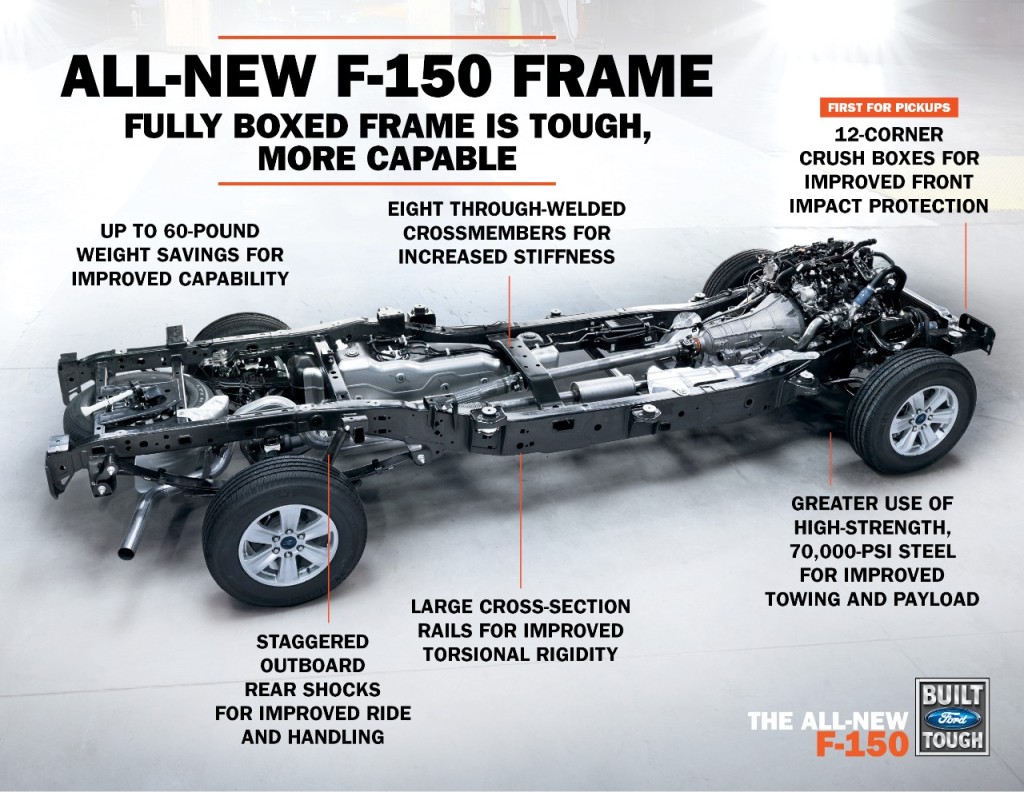
Another good thing to check out while you have your tires off is your steering linkages and suspension. Here are some things to take care of before you head out for your summer vacation!
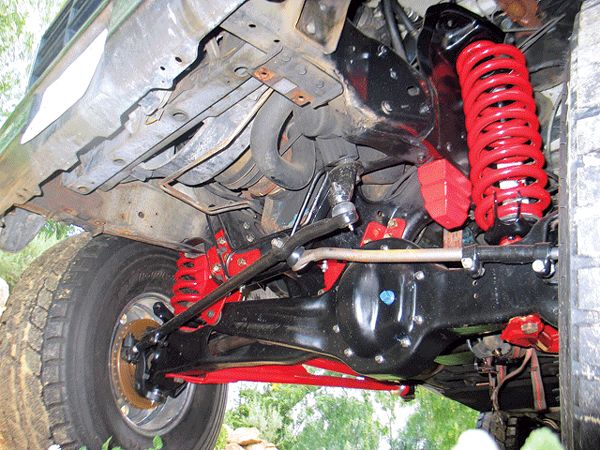
If you have a 2003 and under F150, your truck came equipped with the tried and true draglink system. With the truck still in the air and with the wheel still on, have a friend move the tire left and right but not enough to move the pitman arm.
If he can move it more than 1/8th of an inch your links are worn out and need replacement. If everything is alright you’ll want to get those greased up before you go.
So anywhere you see a nipple on your steering links, grab a grease gun and load it up. This will also let you see if there are any tears in their boots. If grease escapes anywhere other than the top or bottom of the boots, they will need replacement as well to keep dirt out.
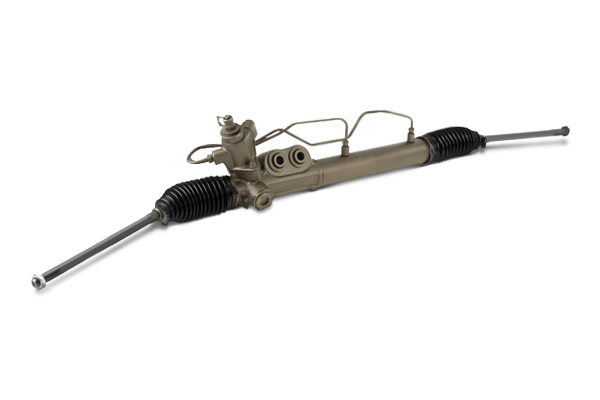
For 2004 and up trucks, including the “Heritage” model, your truck will come with a steering rack. You’ll check its play the same way you did with the drag link truck, but any play before the rack tries to move is indication that you need to replace a tie-rod on that side.
Normally, there are no grease points in a steering rack, but your outer tie-rods may have a nipple if they are aftermarket. So if you can grease it, do it.
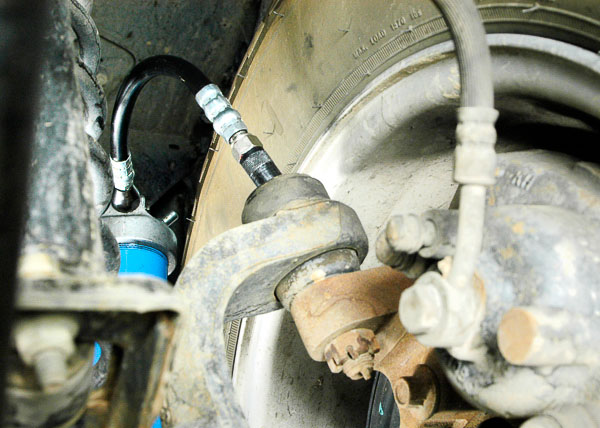
Except for true Twin-I Beam trucks that use King Pins, all F150s will have ball joints on the front suspension connecting the steering knuckle to the suspension. Inspect and grease them if they have nipples. One extra step is to check their play.
First, look at where the spring is located on the suspension as you’ll need to take the load off of the ball joint to inspect it. 1996 and under F150 trucks will have their springs on the top of the I-Beam so you can lift them by the frame. 1997 and 2003 F150s all have their springs at the lower control arms, so you have to lift them by the lower control arm.
2004 and up are all strut trucks but they also must be lifted by the lower control arm as that is where the strut loads the ball joint. Torsion Bar trucks are different, as you’ll need to lift them by the frame, but you also can’t completely let it sag and will have to stop it using a piece of 4×4 on its stop.
Once the ball joint is unloaded and the tire is off the ground, take a prybar and place it under the lifted tire. Raise the bar up and try to move the wheel and tire. You’ll also want to check horizontal play by holding your tire at the 3:00 and 9:00 position and move it left and right without moving the tie rods.
If you hear a click or you can move the tire the ball joint needs replacement. However, that only applies 81-98 trucks. If you have a newer truck, the specification for play is .050 inch for both vertical and horizontal play so you will need a dial indicator to check them.
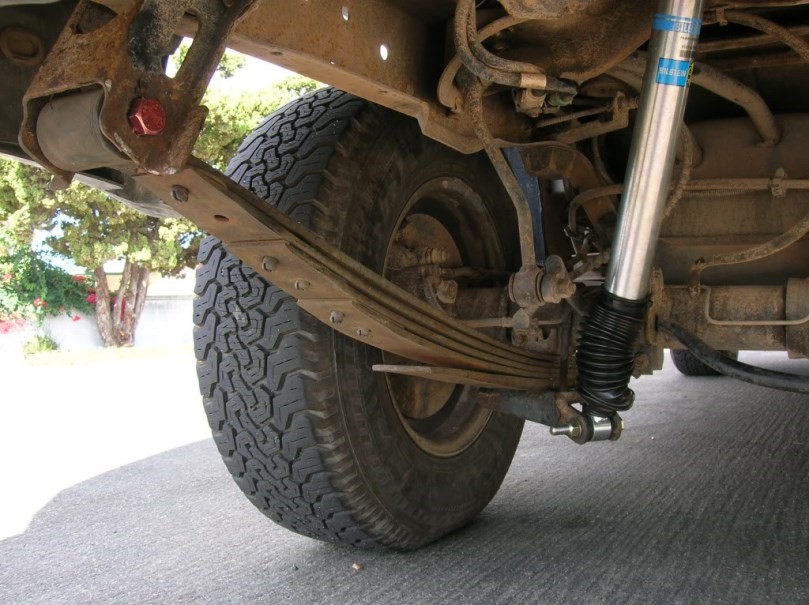
Don’t ignore the back of your truck! You’ll want to spray a little grease between the spring pads of your leaf springs to reduce any noise. Check your shocks, too! On both the front and rear, make sure you don’t see any excess fluid leaking from the shock body.
A tiny bit on the shock shaft is alright, but if you can see it running it’s dead. Also, if you want to prevent damage to your shocks put boots over the shock shafts.
“Ford F-150 Maintenance Before Camping: Drivetrain (Part Three)“ is the next installment of this four part series.
What’s your best camping and maintenance advice? Tell us in the forum >>
